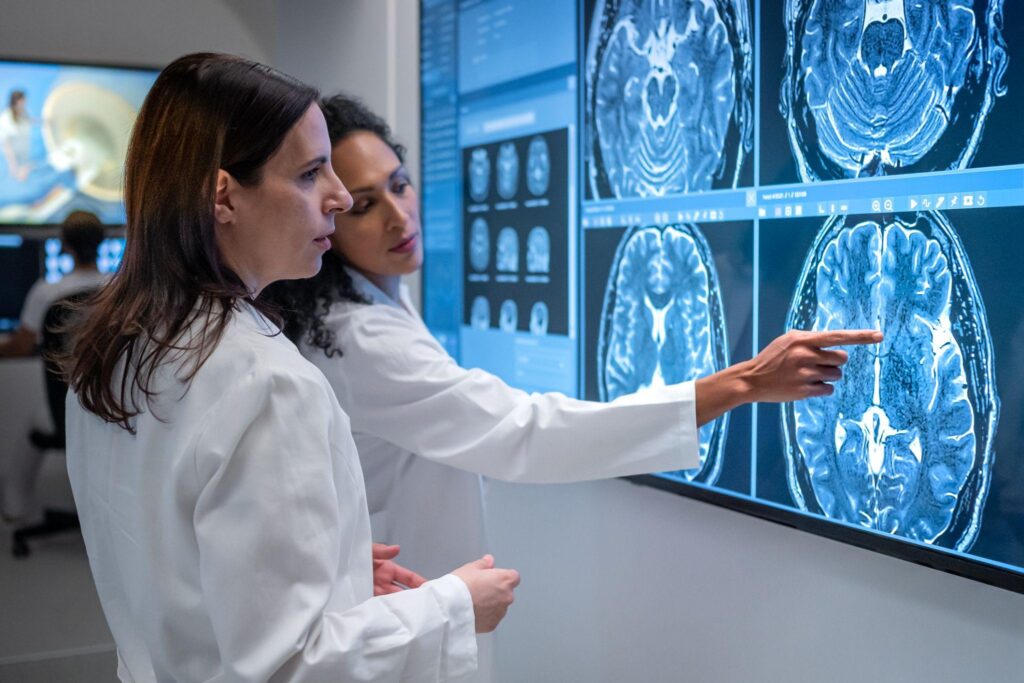Artificial intelligence is transforming how doctors diagnose diseases, and recent regulatory updates are shaping the future of medical diagnostic imaging. These changes affect everyone from radiologists to patients, making it crucial to understand what’s happening in this rapidly evolving field.
Why Regulators Are Stepping In
The healthcare industry has seen an explosion of AI tools over the past few years. Machine learning algorithms now help detect cancer, identify fractures, and spot heart problems faster than ever before. However, this rapid growth caught regulators’ attention.
The main concern? Patient safety. When an AI system misses a critical diagnosis or flags a false positive, real lives are at stake. That’s why agencies like the FDA are creating stricter guidelines to ensure these powerful tools work reliably.
Recent FDA Changes You Should Know About
The Food and Drug Administration rolled out several key updates in late 2024 and early 2025. These changes directly impact how AI medical imaging tools get approved and used in clinical settings.
Streamlined Approval Process
The FDA introduced a fast-track pathway for AI imaging devices that show significant clinical benefits. Instead of waiting months for approval, qualifying systems can now get cleared in as little as 60 days.
What qualifies for fast-track? Systems that address urgent medical needs, like early cancer detection or stroke identification, get priority consideration.
Enhanced Safety Requirements
New regulations demand more rigorous testing before AI tools reach hospitals. Companies must now provide:
- Comprehensive validation studies with diverse patient populations
- Clear documentation of the algorithm’s decision-making process
- Regular performance monitoring reports after deployment
Training and Certification Standards
Healthcare providers using AI imaging tools must complete specialized training programs. These courses cover how to interpret AI results, understand system limitations, and maintain diagnostic accuracy.
European Union Takes Action Too
The EU isn’t sitting on the sidelines. Their AI Act, which became fully effective in 2024, classifies medical AI as “high-risk” technology. This means stricter oversight and compliance requirements for companies operating in European markets.
Key EU requirements include:
- Detailed risk assessments for all medical AI applications
- Human oversight protocols for AI-assisted diagnoses
- Transparent reporting of system capabilities and limitations
Healthcare facilities across Europe must now document how they integrate AI tools into their diagnostic workflows.
What This Means for Healthcare Providers
These regulatory changes create both opportunities and challenges for medical practices. Let’s break down the practical implications.
Implementation Costs
Upgrading to compliant AI systems requires significant investment. Smaller practices might struggle with the costs of new software, staff training, and ongoing compliance monitoring.
However, many facilities find that improved diagnostic accuracy and faster turnaround times offset these initial expenses within the first year.
Staff Training Requirements
Your radiologists and technicians need proper education on AI integration. The new regulations emphasize that artificial intelligence should enhance human expertise, not replace it entirely.
Remember: AI tools work best when healthcare professionals understand both their capabilities and limitations.
Documentation Demands
Healthcare providers must maintain detailed records of AI system performance, including accuracy rates, false positive incidents, and any diagnostic errors. This paperwork might seem overwhelming, but it protects both patients and practices from liability issues.

Looking Ahead: What’s Coming Next
Regulators aren’t done making changes. Industry experts predict several developments over the next 18 months:
International standardization efforts will likely create unified global requirements for AI medical devices. This would simplify compliance for companies operating across multiple countries.
The FDA is also considering real-time monitoring systems that continuously evaluate AI performance in clinical settings. These tools would automatically flag potential issues before they affect patient care.
Preparing Your Practice for Success
Smart healthcare providers are getting ahead of these regulatory changes rather than scrambling to catch up. Here’s how you can prepare:
Start by auditing your current AI tools to ensure they meet new compliance standards. Work with vendors who demonstrate clear regulatory expertise and provide ongoing support.
Invest in comprehensive staff training programs that go beyond basic system operation. Your team needs to understand when to trust AI recommendations and when human judgment should take precedence.
Finally, establish robust documentation processes now, before regulators require them. Good record-keeping protects your practice and improves patient outcomes.
The Bottom Line
AI regulation in medical imaging is evolving rapidly, but these changes ultimately benefit everyone involved. Stricter oversight means safer, more reliable diagnostic tools that healthcare providers can trust.
By staying informed about regulatory updates and preparing your practice accordingly, you’ll be ready to harness AI’s full potential while maintaining the highest standards of patient care. The future of medical imaging is bright – and now it’s properly regulated too.



